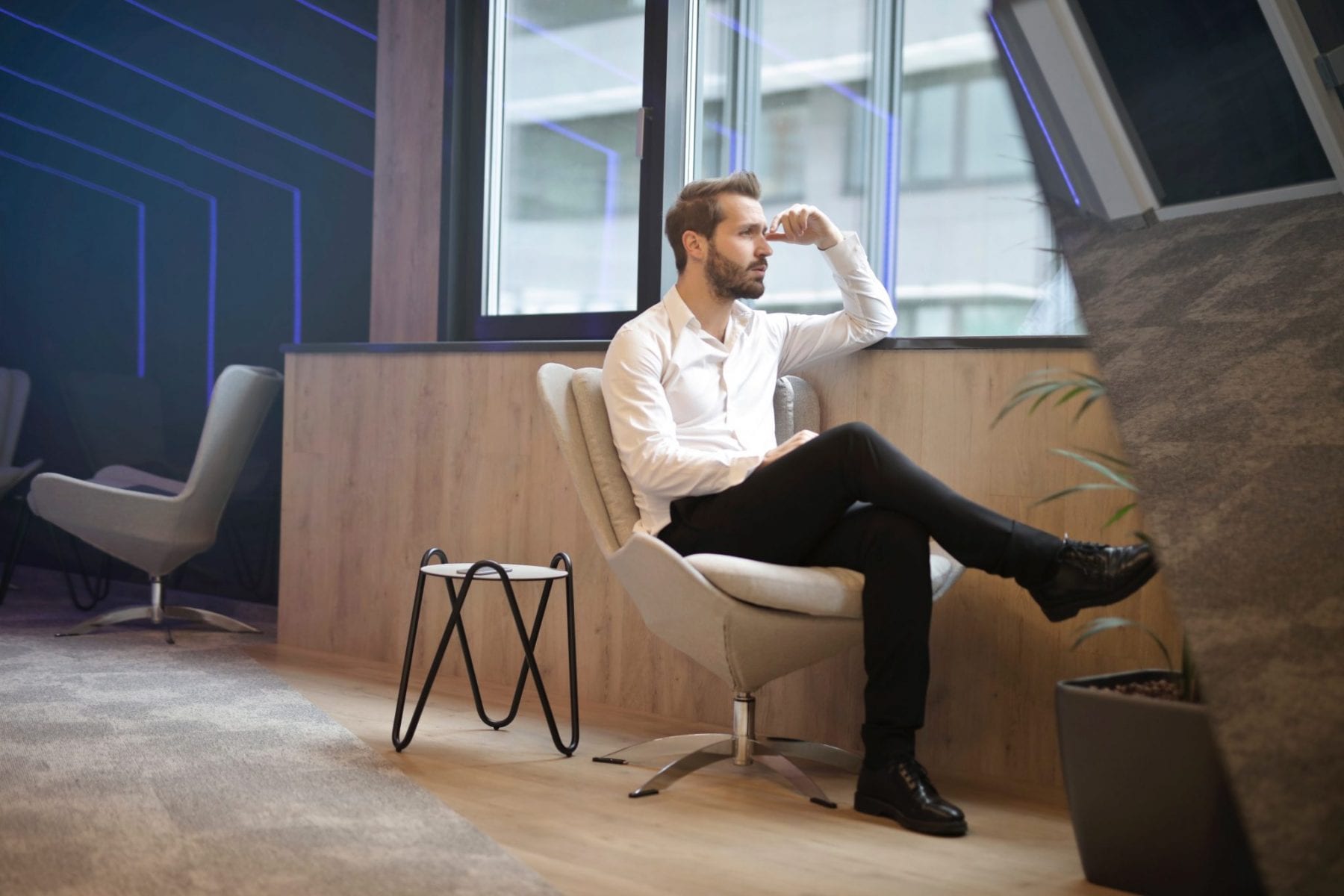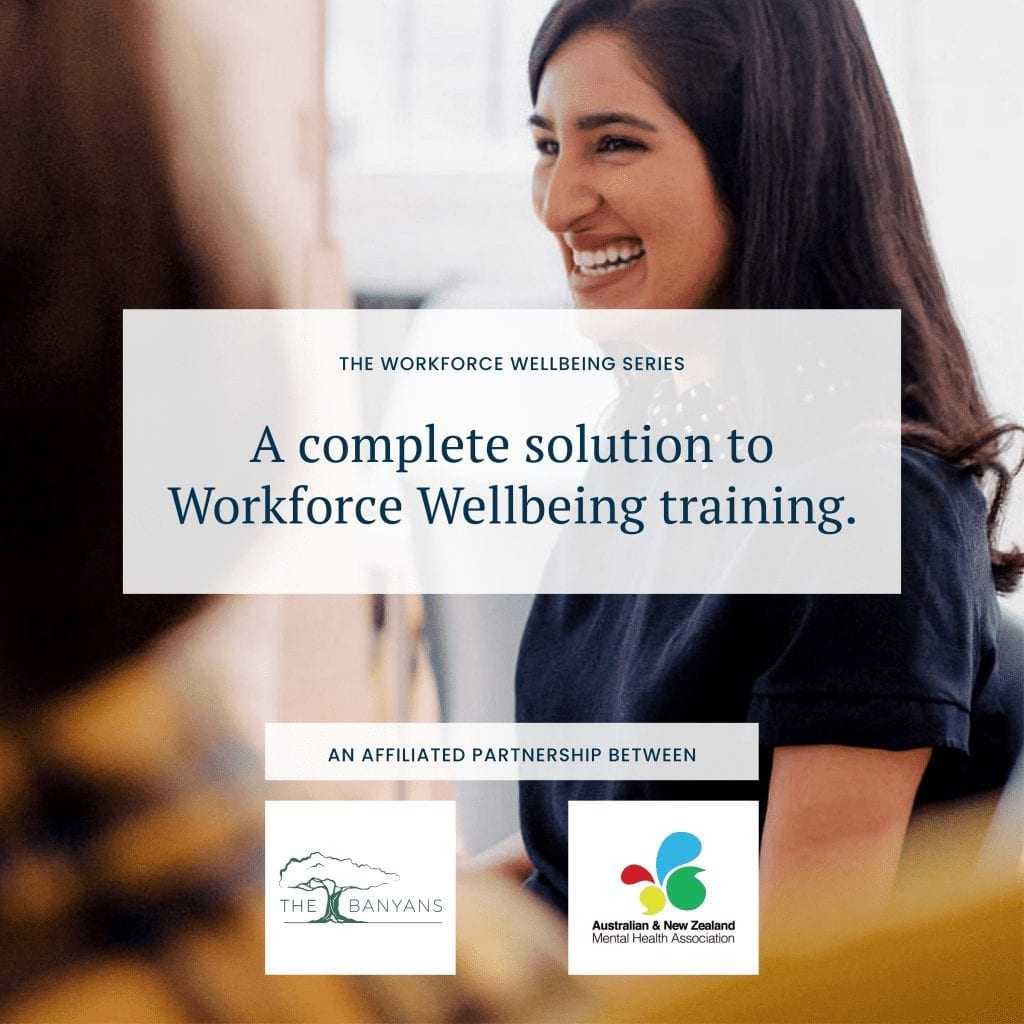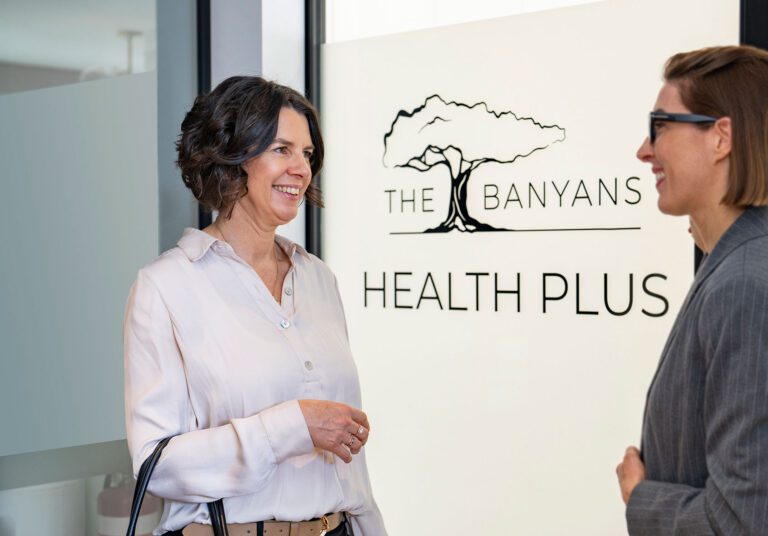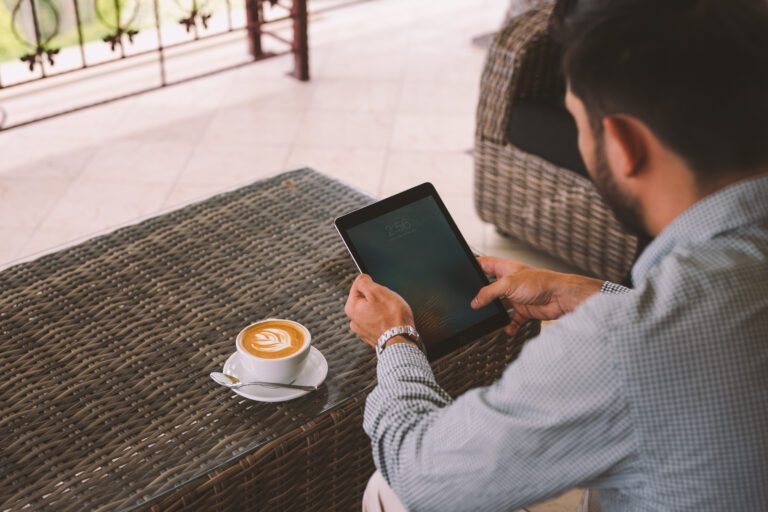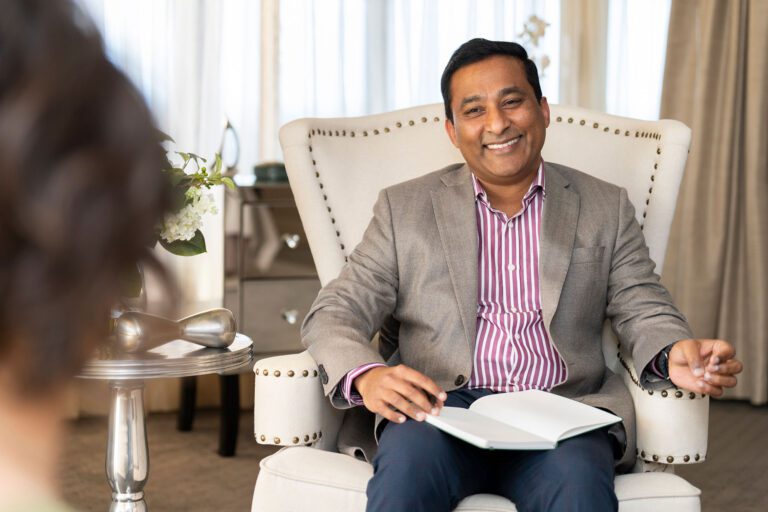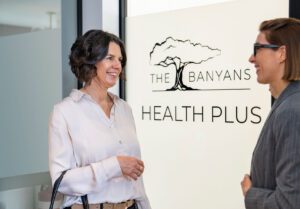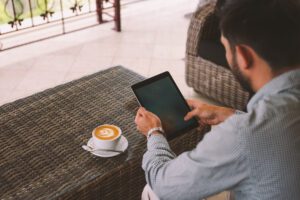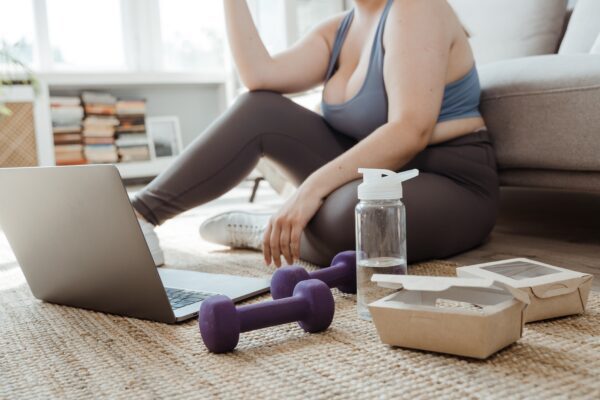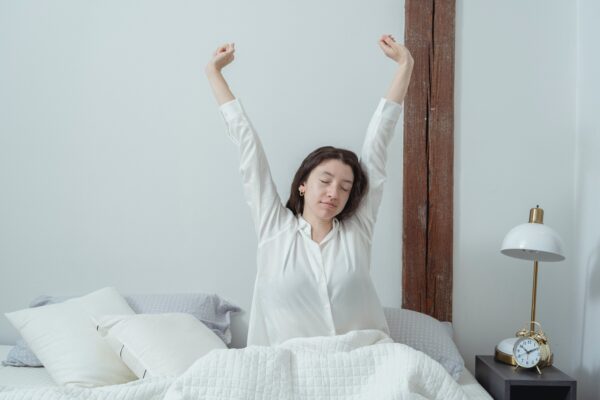
It is not new for leaders to be thinking about workplace wellbeing. However, it has been made exponentially more difficult now that workforces are remote and experiencing greater work-life pressures. How are leaders making workplace wellbeing happen when a workforce suddenly looks very different?
Contributed to by Ruth Limkin, Chief Executive Officer; and Emily Hill, Communications at The Banyans
Workforce wellbeing needs new approach
Life is often difficult. However, right now, it’s exponentially more so. You are adapting to broad changes that span your responsibilities, routines, rest and recreation. You are also coping with the emotional strain of societal upheaval and an endless news cycle.
Unfortunately, the workplace was not exempt to the impacts of COVID-19.
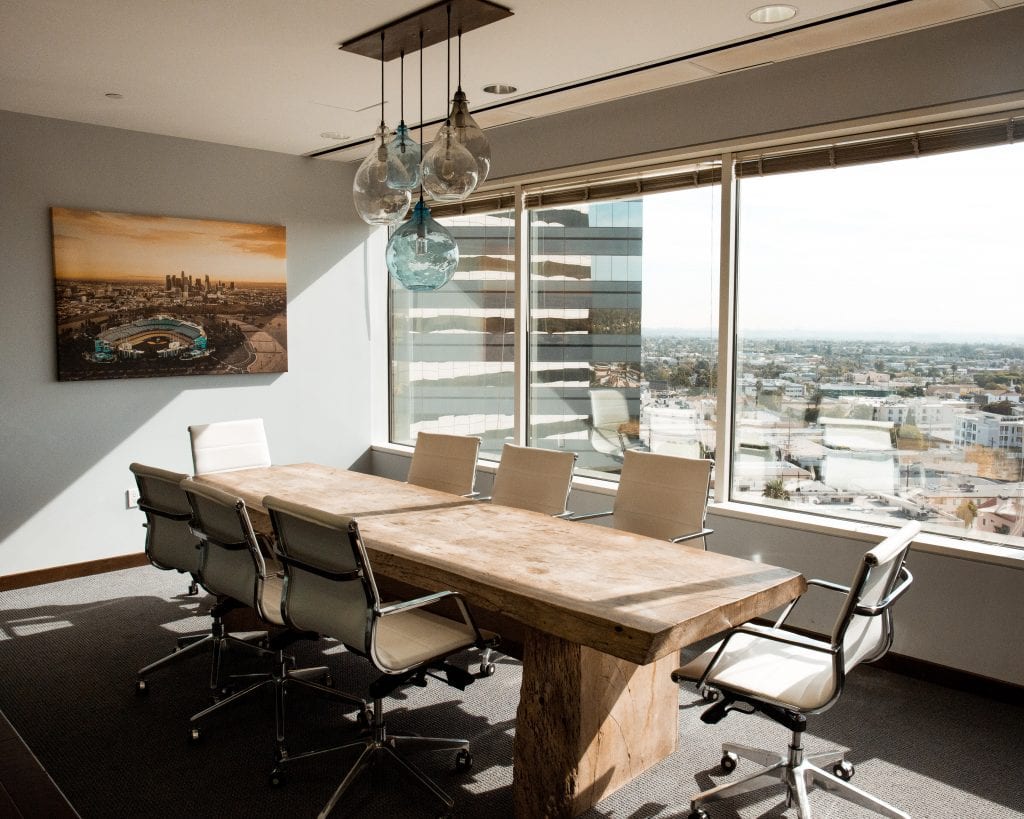
If you are an employee, you may be suddenly working from home, having to adjust your hours or role, or worried that your company might not survive. You may be missing the rhythms of work, your commute or social interaction with colleagues.
If you are a leader, you are trying to navigate a vastly different trading environment and keep your business going, while also caring for your employees and yourself.
Wellbeing initiatives more important than ever
When people are stressed, it affects them in many ways. Workplaces – whether remote or in person – are not immune to the effects of stressed workers. When the global economy is under pressure (as it is now), the thing a business needs most to succeed is a strong, unified and healthy team.
Related: Employee health brings peak returns
Unsurprisingly, research results are indicating increased levels of stress, anxiety and depression across the nation. A recent Monash University study found a majority of participants registering mild levels of anxiety and depression and 30 per cent of people showing moderate to high levels.
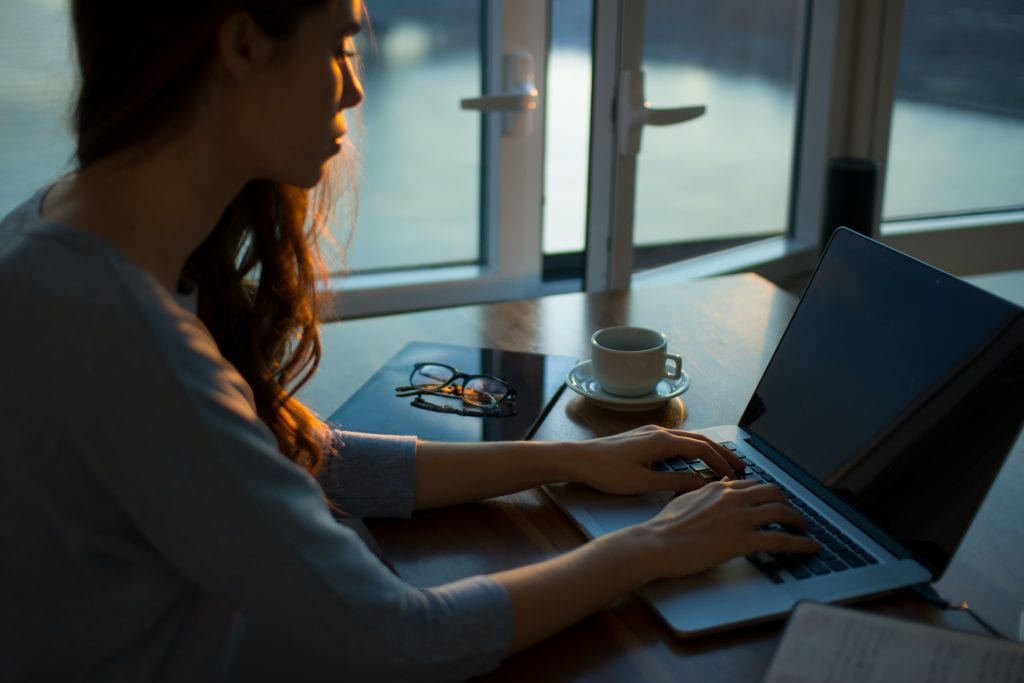
A YouGov survey found “77 per cent of people are stressed about not seeing their family; 71 per cent were unhappy about not seeing friends and 60 per cent were worried about not being able to pay their bills. Nearly half of the respondents – 49 per cent – said they feared losing their job; 48 per cent were concerned about not being able to feed their family and 38 per cent were stressed about potentially losing their home.”
The effect of this is also varied. In a study which showed 57% of people reported feeling more stressed than usual, 20% of people reported sleeping less and 26% reported sleeping more. This is a reminder that stress effects different people differently.
Related: Coping with change – how new rhythms can help counter stress
Rethinking workplace wellness
While in the past, the phrase workplace wellbeing might have conjured up mental pictures of lunchtime yoga, fruit bowls in the lunchroom or greenery in offices, leaders are recalibrating. These approaches reflect the practical, tangible approach taken many workplace wellness programs.
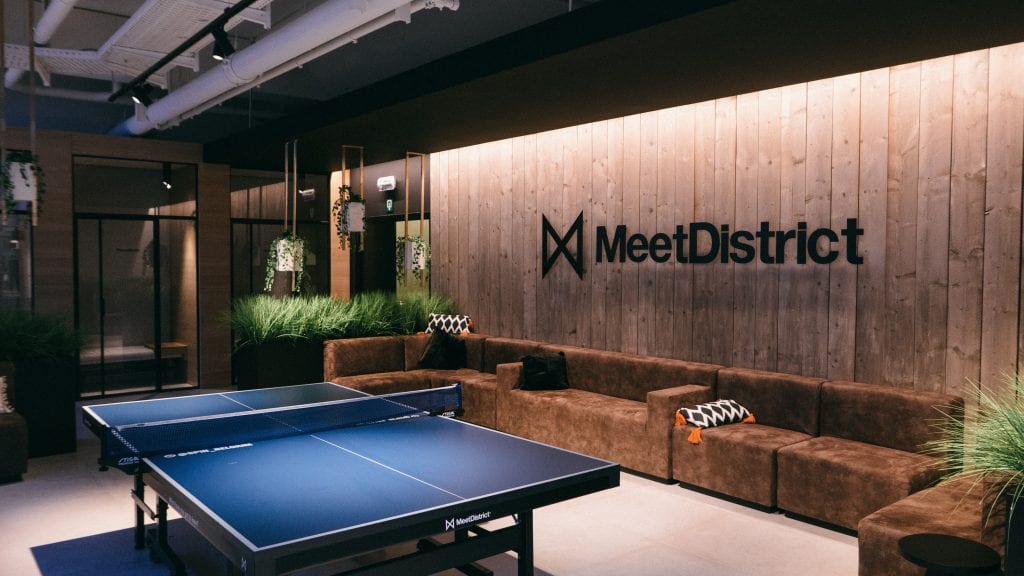
But what happens our workforce is remote and business resources are tight? How do leaders rethink what workplace wellbeing means in our current workforce climate?
According to Chief Executive Officer and two-time Telstra Businesswoman of the Year finalist, Ruth Limkin, leaders may need to revaluate the goals and methods of workforce wellbeing.
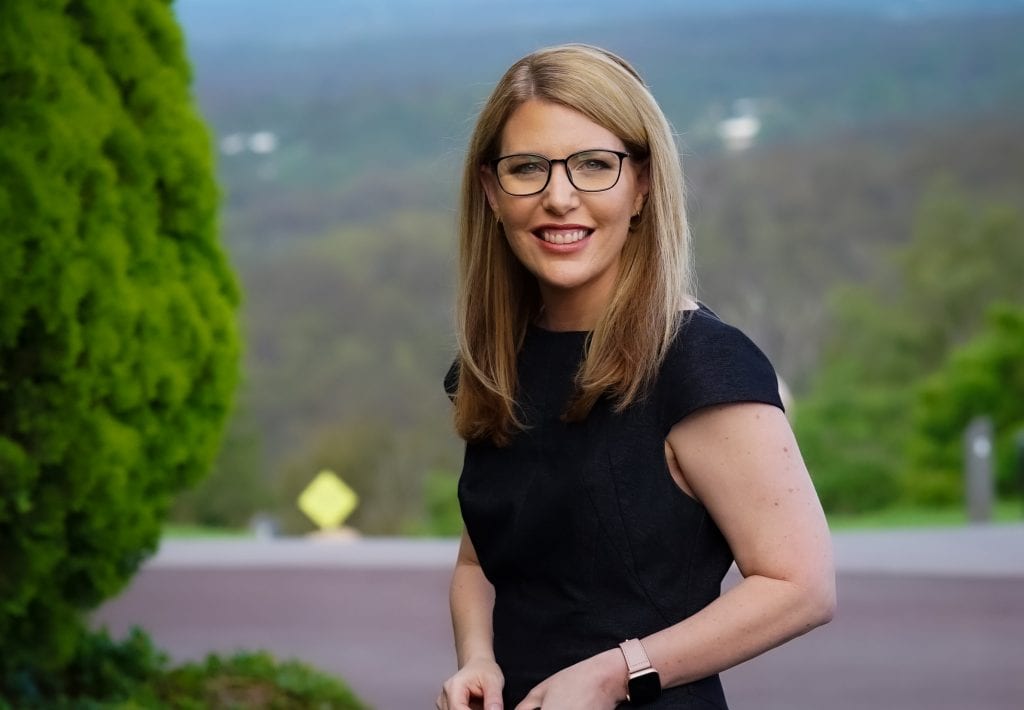
“Now more than ever, we need to pivot our thinking about workforce wellbeing,” Ruth says. “Where workplaces typically took a “provision” approach of tangible wellbeing tools, we may need to shift towards an “educational” approach.”
Adopting an educational approach to workforce wellbeing means providing your team with the soft skills to develop their personal wellbeing, that they will benefit from both on and off the job.
“Right now, workforce wellbeing is about helping people to respond to stress often in their own homes, which now functions as their workplace,” comments Ruth.
Related: Health and productivity in a COVID-19 working world
Redesigning your workplace wellbeing strategy for a changed workforce
With such prolific research on previous workplace wellbeing, it can be overwhelming to know what strategies are truly effective. In addition, research has suddenly become outdated as we operate in a new global workforce, with a unique and unforeseen combination of global challenges.
If you are needing to redesign your workforce wellbeing strategy, or your team is struggling to stay physically or mentally well during COVID-19, you are not alone.
The Banyans Health and Wellness is responding to enquiries from business everywhere with requests for support.
Ruth is the facilitator of The Workforce Wellbeing Series, an on-demand wellbeing training course for a diverse workforce. Ruth highlights necessary characteristics of a truly effective, responsible and productive workforce wellbeing program.
Essential
Looking after staff wellbeing has gone from an advantageous activity to essential first aid. Whether we feel able to or not, helping our workers triage their personal and professional capacity to cope has become an imperative.
“Your team needs to be approach your workforce wellbeing strategy an essential and beneficial development opportunity,” Ruth advises. Your team are much more likely to engage in your program if they understand that wellbeing skills are necessary to their personal and professional happiness and overall fulfilment.
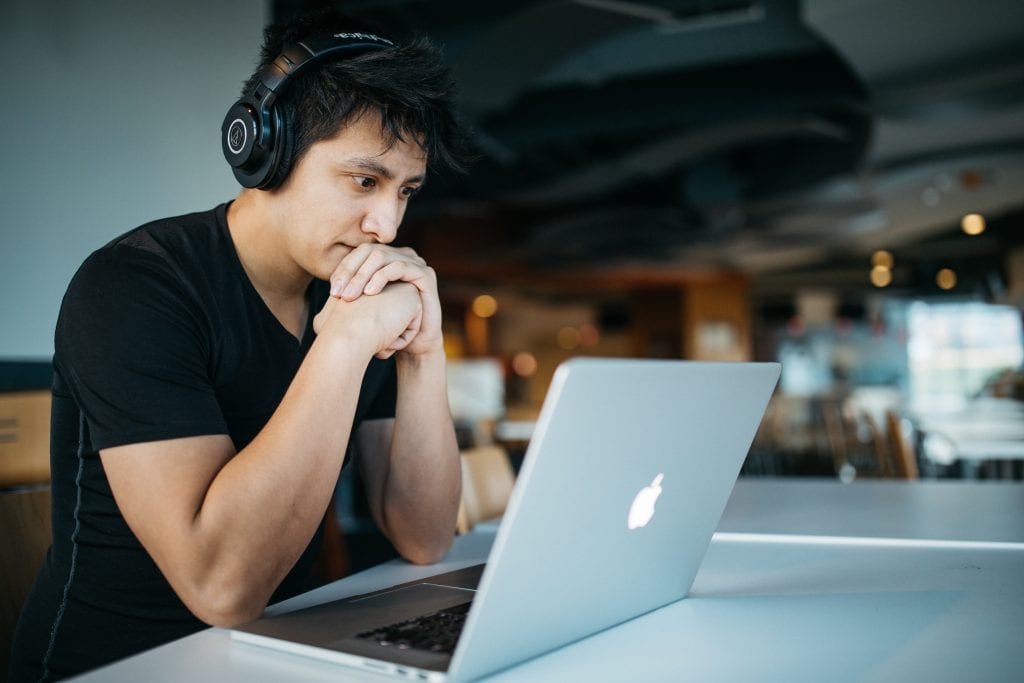
Flexible
Leaders may not feel capable to provide flexible, informed wellbeing support to their team. When it comes to educational wellbeing strategies, leaders need tangible staff wellbeing solutions that are delivered by experts, but available on demand.
This is why self-paced, on-demand learning options are growing in popularity. Accessible wherever your workers are, you can ensure that training is delivered with flexibility to accommodate each worker’s circumstances.
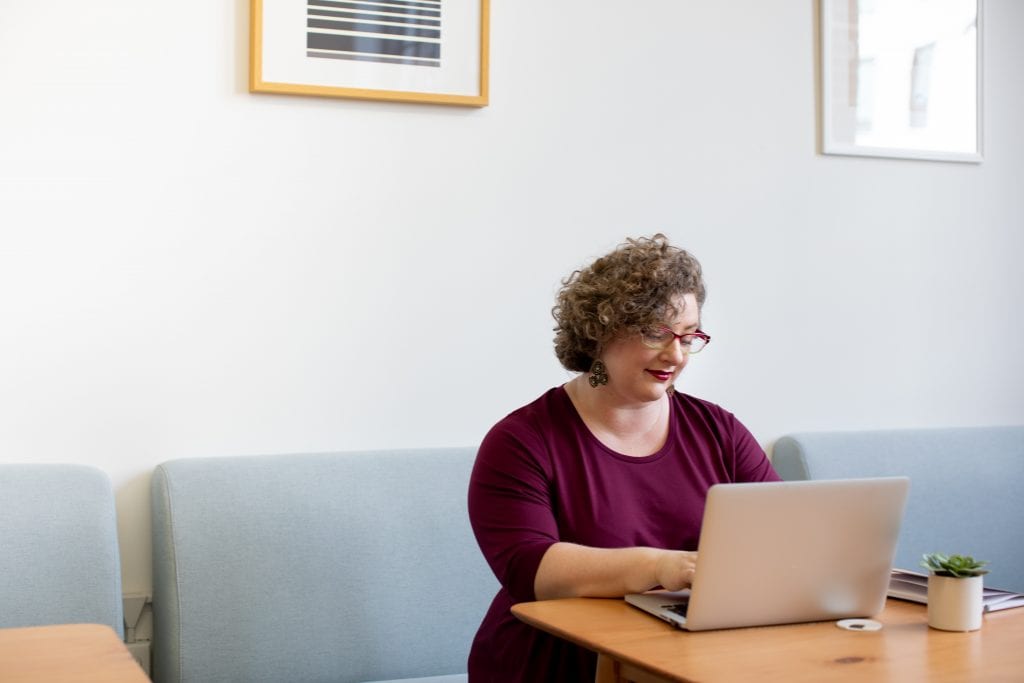
“Previous strategies of workplace wellbeing were not largely accessible across the organisation. Some staff benefited, while others missed out,” Ruth explains. “Staff could attend lunch time yoga if it fit in with their meetings, and the fruit bowl was topped up on Wednesday mornings,” she notes.
A truly effective educational workforce wellbeing strategy will be accessible to all staff, anytime.
Ruth Limkin
Ruth also educates that staff need ongoing support – not just a once off. “It’s great to host a wellbeing morning tea with a guest speaker, but in a busy world, any strategies your staff learn will be quickly forgotten,” Ruth says. By providing access to an on-demand service, staff can revisit the content whenever they need a refresher.
Collaborative
Each organisation’s time and resources are precious. Rather than starting from scratch, the most effective way to make staff wellbeing a priority is to benefit from resources that already exist.
This alleviates the stress for leaders of having to create new materials. Leaders can spend their time leading instead.
“We created the Workforce Wellbeing Series to meet the needs of businesses and employees during such a difficult period,” Ruth said. “We are proud to partner with Australia New Zealand Mental Health Association to ensure that any business can benefit from the on-demand Workplace Wellbeing training available.”
While there has never been a more difficult time to care for your team, there’s never been a more crucial time. With the Workforce Wellbeing Series, you can give your team the tools to improve their wellbeing, wherever they are.
The Workforce Wellbeing Series
A simple solution to educational workforce wellbeing.
A four-part on-demand training course to help you meet the changing needs of your diverse workforce.

Equip your team with flexible, proven strategies to manage stress and anxiety in a variety of environments.

Immediate access to four video modules and a downloadable workbook.

Purchase one access code for your whole team.

Designed and delivered by business leaders, wellbeing professionals and registered psychologists.


